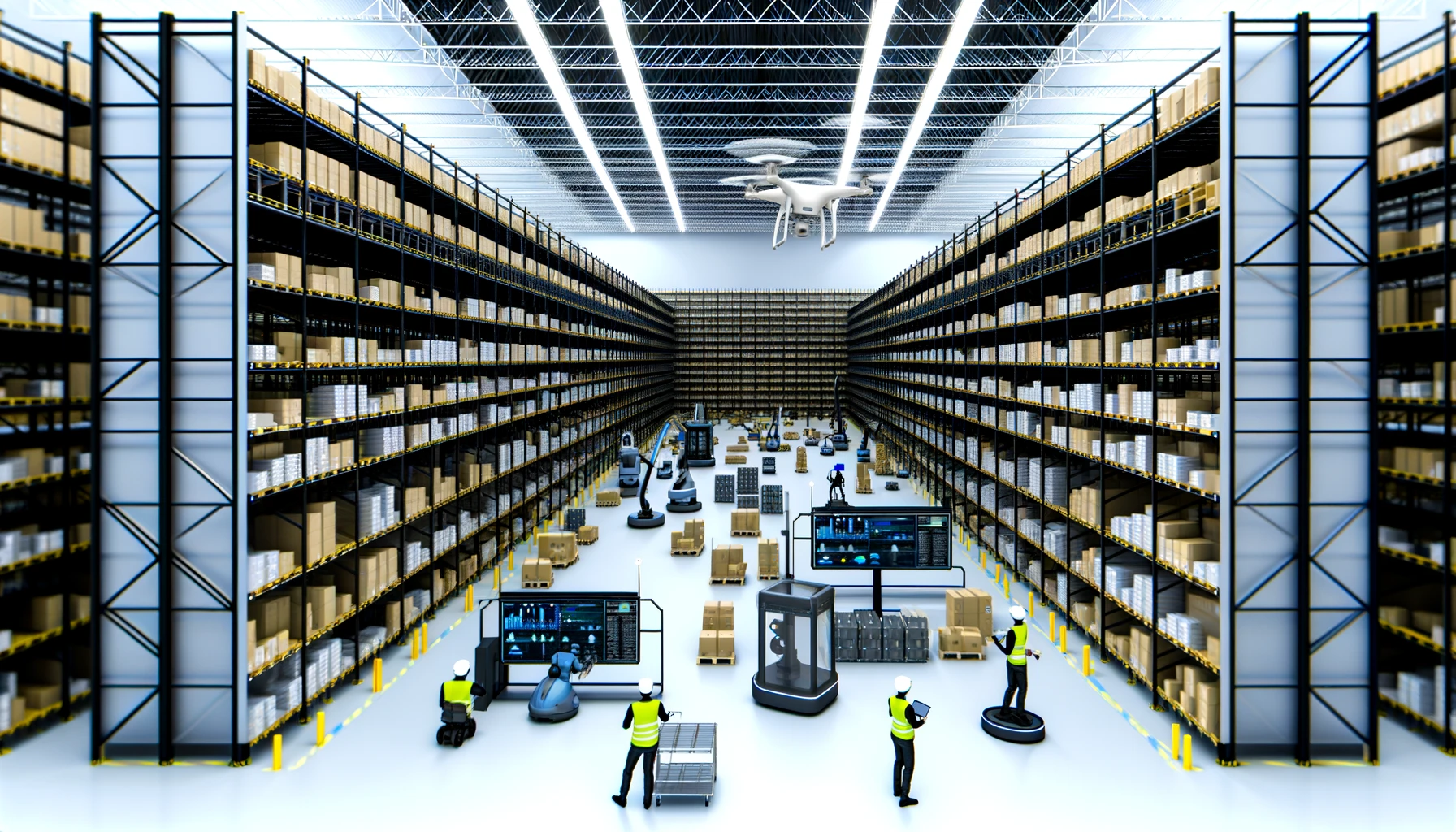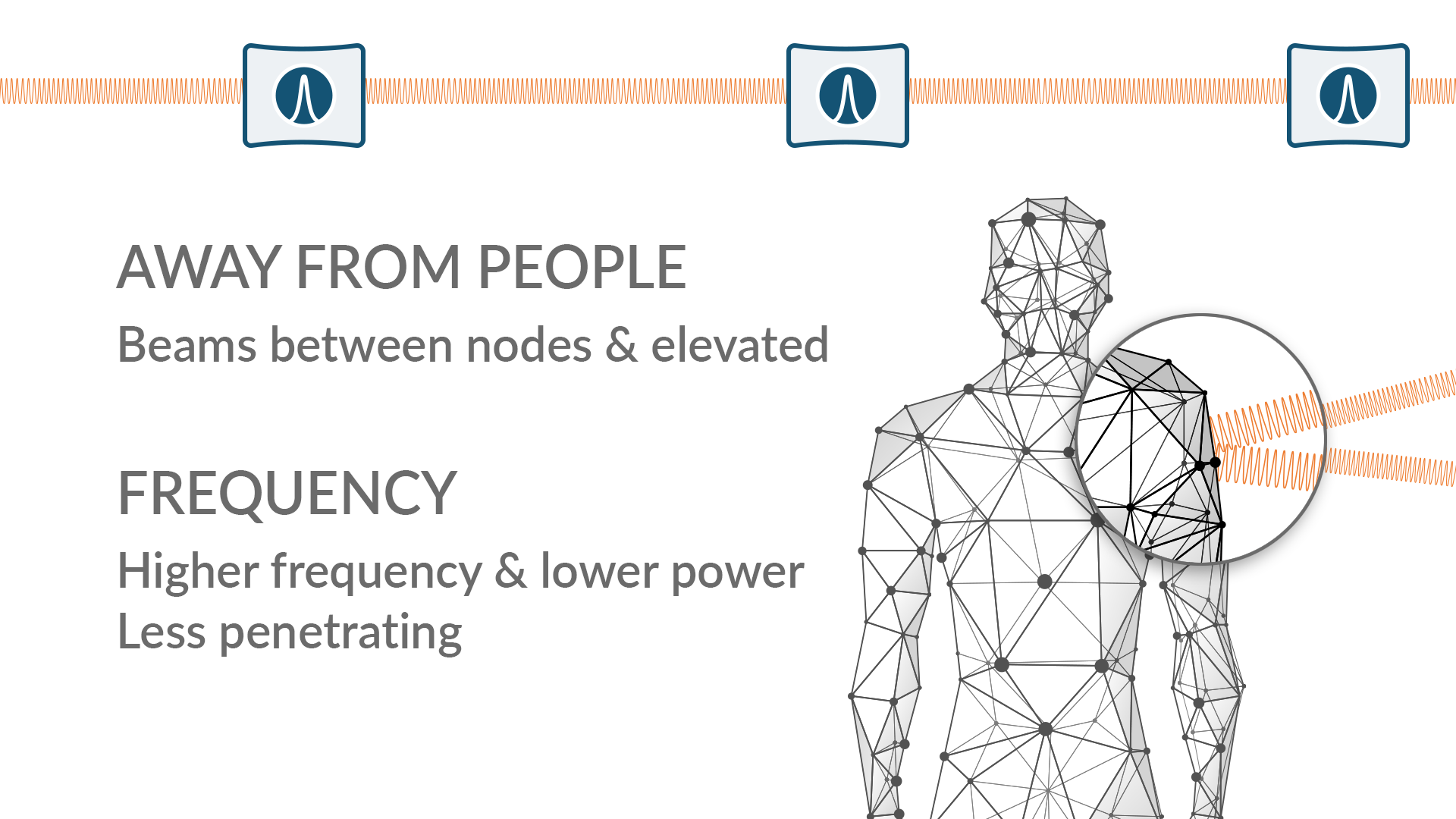There is a plethora of outdoor 60GHz point-to-point and point-to-multipoint solutions on the market today. When it comes to outdoor applications the market is well served. However, when it comes to serving the emerging indoor wireless Ethernet backhaul market, a completely different set of requirements must be met, and the typical outdoor product falls short….
Category: Uncategorized
Welcome to our first Airvine update of 2024. Periodically we will be dropping some industry updates as well as sharing some things we here at Airvine have been up to. Connectivity Corner 5G Driving Backhaul Market A recent report predicts a staggering 9.20% CAGR for the mobile and wireless backhaul market, driven by the surge…
Backhaul forms the invisible backbone of our connected world, crucial for the seamless operation of networks that power our daily digital interactions. This blog delves into the concept of core network connectivity, how it works, and its significance in modern telecommunications. We’ll also spotlight how Airvine is innovating in this space with our advanced wireless…
Introduction to Industry 4.0 The fourth industrial revolution, known as Industry 4.0, redefines the manufacturing landscape through automation, data exchange, and smart technologies. In this world, connectivity serves as the backbone of operational efficiency and innovation. Connectivity in Industry 4.0 is pivotal. It ensures seamless communication between machines, systems, and processes. Here’s a thought: 85%…
Safety in the workplace, safety at your home, and safety, wherever you are, is an expectation we all share. This is also true of new products and technologies that are introduced. We trust experts and governments to ensure that “new stuff” is inherently safe. With the introduction and market adoption of systems and products operating…




